Japanese Teaching for Kids
Japanese Tutor MEGUMI
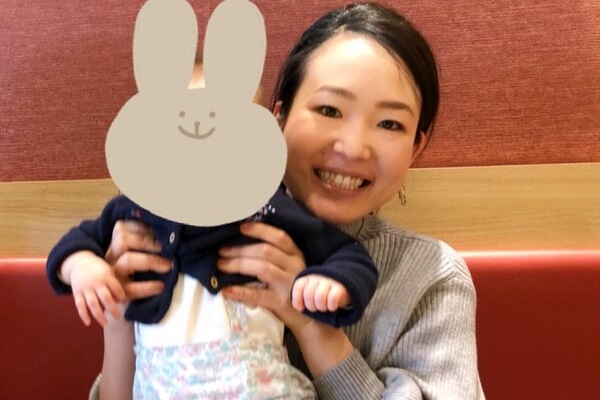
Native Japanese Teacher MEGUMI
Native Language Japanese
Language Ability Fluent English
Born Kyoto – Japan
Teaching Experiences 2 Years
Teaching Area Central, Tsim Sha Tsui, Tung Chung, Olympic Station, Kowloon Station etc
Japanese Courses Provided by MEGUMI
Japanese Teaching for Kids
Hello, my name is Megumi. I was born and raised in Kyoto, Japan. I moved to Hong Kong in 2012. I love Hong Kong with lots of energy and beautiful night views and of course, dim sum as well!
My hobbies are going to cafes, hiking and baking. I worked at a trading company in Osaka for 3 years and now I am working for a company in Hong Kong. I used to teach Japanese to exchange students when I was in university and also have a teaching experience to children in Hong Kong.
I enjoyed the lessons and it inspired me to start Japanese language teacher training course in 2021. My teaching style is flexible to your needs and goals. I can customize the lessons for daily/travel conversation and 敬語(Keigo) for business / service industry and I can also teach you by using textbooks such as Minna no Nihongo.
Please let me know what and how you want to learn:) Not only studying Japanese language, I would like to bring popular topics and trends in Japan and share with you to enjoy conversation. I am looking forward to teaching children as well. I will provide lessons to young children with a lot of activities such as singing, dancing, making crafts, flash cards and picture books etc. Let’s enjoy learning Japanese!
みなさん、こんにちは!Megumiと申します。2012年に香港へ来ました。香港は活気があって、飲茶がおいしくて、夜景がきれいなところが大好きです。趣味はカフェ巡り、ハイキング、パン作りです。今は香港の会社で働いていますが、日本でも会社員として働いていました。
大学時代と香港で日本語を教えた経験があり、楽しく会話をしながら教えることが好きです。この経験から日本の文化や言葉を伝えることに興味が湧いて、今は日本語教師の資格の勉強をしています。わたしのレッスンは生徒さんの希望や目標に合わせて、作っていきます。ビジネスで使う言葉、旅行や日常会話での日本語や日本人的な表現の仕方など、あなたのやりたいことを教えてください。
「みんなの日本語」などの教科書や記事、雑誌、ニュースを使って授業をすることも可能です。また、日本語の勉強だけでなく、日本の暮らしや仕事、文化、流行り、買い物などいろいろなことを話して、一緒に日本語を上達させましょう!お子様には、フラッシュカード、歌、ダンス、工作、絵本などを取り入れて、一緒に遊んで、楽しく日本語を伸ばしていけるような授業をします。みなさんとレッスンでお会いできるのを楽しみにしています!
Private Japanese Lessons and Personalized Programs
My teaching style is flexible to your needs and goals.
I can customize the lessons for daily/travel conversation and 敬語 (Keigo) for business / service industry or
I can also teach you by using textbooks such as Minna no Nihongo.
わたしのレッスンは生徒さんの希望や目標に合わせて、作っていきます。
ビジネスで使う言葉、旅行や日常会話での日本語や日本人的な表現の仕方など、あなたのやりたいことを教えてください。
「みんなの日本語」などの教科書や記事、雑誌、ニュースを使って授業をすることも可能です。
お子様には、フラッシュカード、歌、ダンス、工作、絵本などを取り入れて、
一緒に遊んで、楽しく日本語を伸ばしていけるような授業をします。
Japanese Teaching Qualifications and Experience
1 year teaching experience to local students at Japanese class in Sweden when I studied there.
3 months teaching experience with children.
Japanese Teaching Approach
Having more time to speak with a native speaker is a faster and fun way to improve your Japanese skills.
I would like to focus on conversation in Japanese.
I will provide lessons to young children with a lot of activities such as singing, dancing, making crafts,
flash cards and picture books etc.
Let’s learn Japanese through play!
Ask MEGUMI Teacher Japanese Learning Questions
MEGUMI先生へ「そうでしたか」と「そうでしたね」の違いについて教えていただけないでしょうか?
MEGUMI先生’s Answer:どちらの言葉も会話を聞いて、相槌を打つ時に使います。
「そうでしたか」:
知らなかったことや分からなかったことが、今分かりましたという時に言います。
「そうでしたね」:
自分が知っていたことや教えてもらったことを思い出したときに言います。
例) AさんがBさんに、ごはんを食べにいこうと誘ったとき
A:「明日、一緒にごはんを食べに行きませんか。」
B:「いいですね!明日は午前中に授業があるので、その後にランチに行きましょう」
A: 「そうでしたか。では授業の後に会いましょう」
→ AさんはBさんが午前中に授業があるのを知らなかった
A: 「そうでしたね。では授業の後に会いましょう」
→ AさんはBさんが午前中に授業があるのを知っていたが、忘れていて、今思い出した。
MEGUMI先生へ「分かりました」と「承知しました」の違いについて教えていただけないでしょうか?
MEGUMI先生’s Answer:
どちらも理解しましたという意味です。
また、相手に指示やお願いをされた時、受け入れる時にも言います。
「分かりました」:
丁寧語ですが、相手に対する特別な敬意はないです。
日常的に使われますが、ビジネスや接客業ではカジュアルに聞こえます。
あなた: すみません、お店は何時まで開いていますか?
店員: 夜8時まで開いています。
あなた: 分かりました。ありがとうございます。
「承知しました」:
「分かりました」の謙譲語です。
目上の人や尊敬する人(上司やお客様)に対して使います。
ビジネスメールでもよく使用されます。
上司: この書類を12時までにコピーしてください。
あなた: はい。承知しました。
MEGUMI先生へ「なぜ」と「なんで」と「どうして」の違いについて説明してくれませんか?
MEGUMI先生’s Answer:
すべてWhy?という意味ですが、それぞれ使われる場面や使う人が異なります。
なぜ: 書き言葉で使われます。論文や新聞記事、小説などでよく使用されるため、かたい表現に聞こえます。
例) なぜ貧困問題は解決しないのか。
なぜ人は睡眠が必要なのだろうか
なんで: 話し言葉で日常でよく使われます。友達同士、親しい人に使います。
丁寧ではないので、目上の人に対しては使わないです。
例) (友達や親しい人との会話で)
なんで日本にきたの?
なんで遅刻したの?
どうして:人の感情が強く含まれています。理由を知りたいというかは、怒りや後悔の気持ちを相手にぶつけるイメージです。
例) どうしてこんな簡単な問題が分からなかったのか。
どうして悪いことをしてしまったのだろう。
Ask MEGUMI Teacher Japanese Culture Questions
桜は日本人にとって、一番なじみの深い花です。
毎年春になると、日本各地で桜の花がみられますが、桜が咲く期間は短く、だいたい一週間から二週間です。
そんな桜を楽しむことは日本の昔からの習慣です。
日本にはお花見の文化があります。
満開の桜の下で、桜を見ながらお弁当をたべたり、お酒を飲んだりして楽しみます。
花見では三色の団子がよく食べられます。ピンク色、白、緑の3色のお団子でピンク色は桜で春、白は雪で冬の名残を、緑はヨモギで夏を表現しています。
もし桜の季節に日本に行く機会があれば、ぜひお花見を楽しんでみてください。
Other Native Japanese Tutors you may feel interested


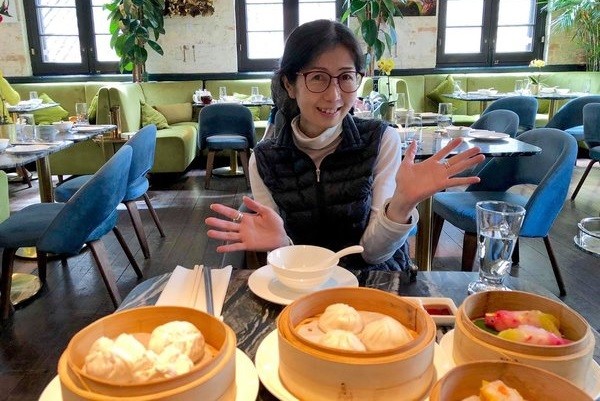

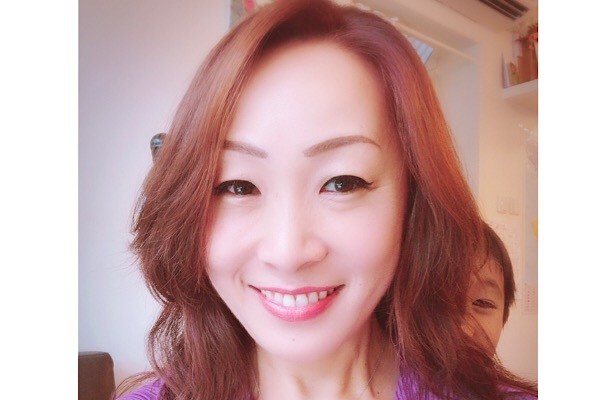

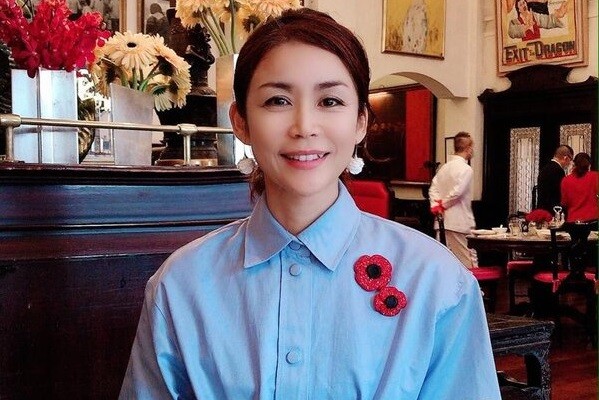
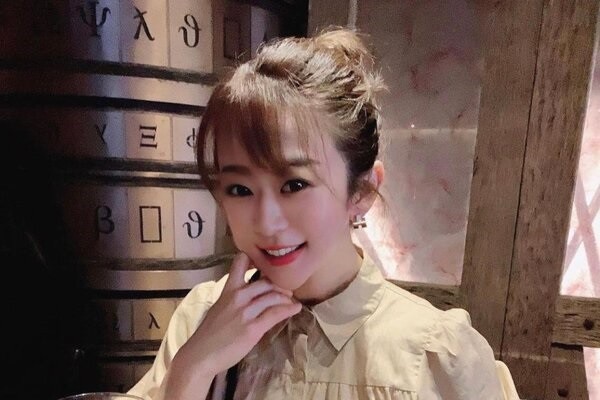
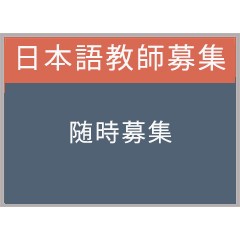
Stay in Touch
RSS
Facebook
Twitter
Google +1